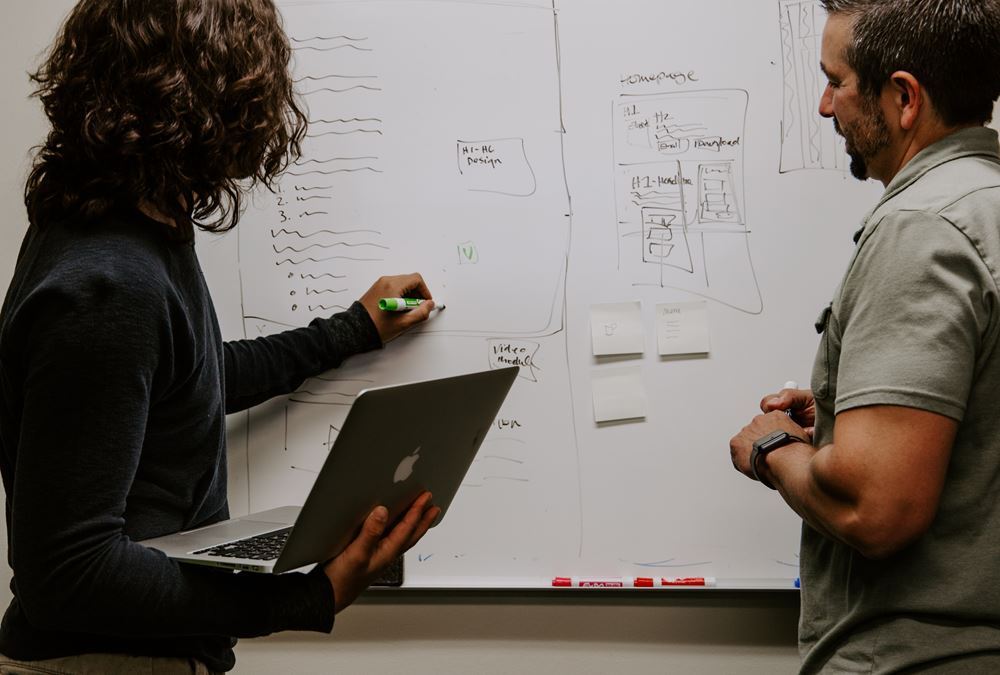- Home
- Business Processes
- Industry Knowledge
- Aerospace Industry
- Automotive Industry
- Banking Domain
- BFSI Industry
- Consumer/ FMCG Industry
- Chemicals Industry
- Engineering & Construction
- Energy Industry
- Education Domain
- Finance Domain
- Hospitality Domain
- Healthcare Industry
- Insurance Domain
- Retail Industry
- Travel and Tourism Domain
- Telecom Industry
- Leadership Skills
- eLearning
- Home
- Leadership Skills
- Leadership Theories
- Skills Approach Application
Skills Approach Application
According to the three-skill approach of Katz, the individual's leadership abilities vary depending on where leaders are in a management hierarchy. The practical implication of skills approach to leadership is that leaders can improve their capabilities in leadership skills through training and experience.
Advantages of Skills Approach:
The skills approach to leadership describes leadership from a skills standpoint and provides a structure for understanding the nature of effective leadership. According to three-skill approach of Katz the importance of certain leadership skills varies depending on where leaders are in a management hierarchy. In Mumford’s skill model theory he proposes that leadership effectiveness is directly correlated to a leader’s competencies in problem-solving skills, social judgment skills, and knowledge. The biggest takeaway from these studies was the outcome that these skills can be learned and developed. The practical implication of skills approach to leadership is that leaders can improve their capabilities in leadership skills through training and experience. Hence they assist in defining a structured approach to leadership education and development and help to frame the curricula of organizational training and leadership development programs.
How to use this approach:
The learner can use the characteristics of the skills defined in this approach to do a comparative self –evaluation of oneself to identify one’s strengths and weaknesses with regard to these three skills; technical, human, and conceptual. This assessment provides insight into one’s own leadership competencies and based on the development areas identified, learners can take specific trainings to enhance their leadership effectiveness.
There are many questionnaires available based on these studies to assess individual's skills. They provide a useful self-help, but a word of caution here is that they cannot be used in research because they have not been tested for reliability and validity. A typical questionnaire is the "Skills Inventory" and you can also take the quiz designed by TechnoFunc called TechnoFunc’s Skill Inventory to assess your skills and development areas.
Self-Leadership Development Plan:
Given below are the steps to define a leadership development plan for yourself using the key concepts from this approach:
1. Do a self-assessment – Use TechoFunc’s Quiz
2. Identify your strengths and weaknesses
3. Identify your training needs.
4. Explore the relevant area on TechnoFunc’s website to learn more about the skillset you need to develop and explore the tools provided here to increase your effectiveness.
Related Links
You May Also Like
-
Humanistic theories of Leadership
Humanistic leadership is an ethical philosophic approach that recognizes the dignity and worth of each and every group or team member. This approach is based on building a leadership culture of trust, ethics, and empathy. Humanistic leadership is a set of principles founded on humanism with vision, mission, values, and expected behaviors. It is value-driven leadership based on principles such as humility, accountability, positivity, and love.
-
The social identity theory of leadership views leadership as a group process. Social identity is a person's sense of who they are based on their group membership. Social identity theory sets agendas and goals generated by social categorization, defines who we are based on processes associated with social identity, and motivates to conduct ourselves based on what followers think of the leader.
-
McClelland's Theory of Needs is a human motivation theory which states that an individual's specific needs are acquired over time through our culture and life experiences. As per the three needs theory, these acquired needs significantly influence the behavior of an individual. The three main driving motivators are the needs for achievement, affiliation, and power.
-
Role theory is a concept in sociology and the role theory of leadership borrows these concepts to explain how people adapt to specific organizational and leadership roles. How the leaders and followers in an organizational context define their own roles, define the roles of others, how people act in their roles and how people expect people to act in their roles within the organization.
-
Generating Ideas using Brainstorming
The brainstorming technique was developed by Alex F. Osborn in 1957 and brainstorming means where a team of members generates a large amount of alternative fruitful ideas on a specific problem without any criticism and then evaluates each idea in terms of their pros and cons. Brainstorming techniques fall into four broad categories: visioning, exploring, modifying, and experimenting.
-
All the teams are dynamic in nature and they take time to come together, they form, develop, and grow in stages, over a period of time. Teams go through five progressive stages: Forming, Storming, Norming, Performing and Adjourning. In this article, we want to introduce you to these stages of team development and certain strategies that you can use to help the team grow and develop in each of these stages.
-
Transactional Analysis also is known as the theory of human personality was proposed by Eric Berne in the 1950s. This theory of transactional leadership defines three different ego states in a person who engages in transactions with another person's ego states. These three ego states refer to major parts of an individual's personality and reflect an entire system of thought, feeling, and behavior.
-
The development of teams is an ongoing process because the composition of the team may keep on changing. The new members may join and the old members may leave the team. The team members pass through several stages for the development of the team and there has been a lot of research to identify these stages. In this article, we discuss the common theories of team development.
-
In this study of power, Raven identified five bases of power as coercive, reward, legitimate, referent, and expert. The 5 Types of Power can help you decide when it is appropriate to use a particular type of power in important situations. Leadership involves authority and it is very important for leaders to understand what type of power they're using.
-
Team leadership theory is a recent leadership theory that does not discriminate between the leader and the other team members. The approach considers contributions from each team member to be critical for organizational success. This approach focused on the overall team effectiveness and team problems are diagnosed and action is taken to remediate weakness. This approach provides for taking corrective action when the leader deems necessary.
Explore Our Free Training Articles or
Sign Up to Start With Our eLearning Courses

About Us
Learning
© 2023 TechnoFunc, All Rights Reserved










